Introduction
The term quarantine has become a household word in the 21st century, particularly since the global outbreak of COVID-19. It has come to represent an essential tool in disease prevention, a civic responsibility, and a public health necessity. However, the origin of this concept is much older than most people realize. It dates back to the late 14th century, during the horrifying outbreak of the Black Death that devastated Europe, Asia, and parts of North Africa.
At a time when modern science had yet to be born and the mechanisms of disease transmission were unknown, the port city of Ragusa (modern-day Dubrovnik in Croatia) implemented what is now recognized as the first formal system of quarantine. This city, under Venetian governance and strategically positioned along important Mediterranean trade routes, played a crucial role in shaping the earliest model of organized public health response.
This article takes a deep dive into the historical backdrop that led to the world’s first quarantine, how it was implemented, why it lasted forty days, and its broader impact on the development of modern epidemiology. Understanding this history is vital to appreciating how ancient societies coped with health crises and laid the foundation for the medical advancements we benefit from today.
The Backdrop: The Black Death and Its Terrifying Spread
The setting for the first quarantine policy was one of the most catastrophic pandemics in recorded history: the Black Death, also known as the Second Plague Pandemic. It began in the 1340s and reached its peak between 1347 and 1351, sweeping through Europe with terrifying speed and lethality. Historians estimate that the plague caused the death of 25 to 50 million people in Europe alone, wiping out nearly one-third of the continent’s population.
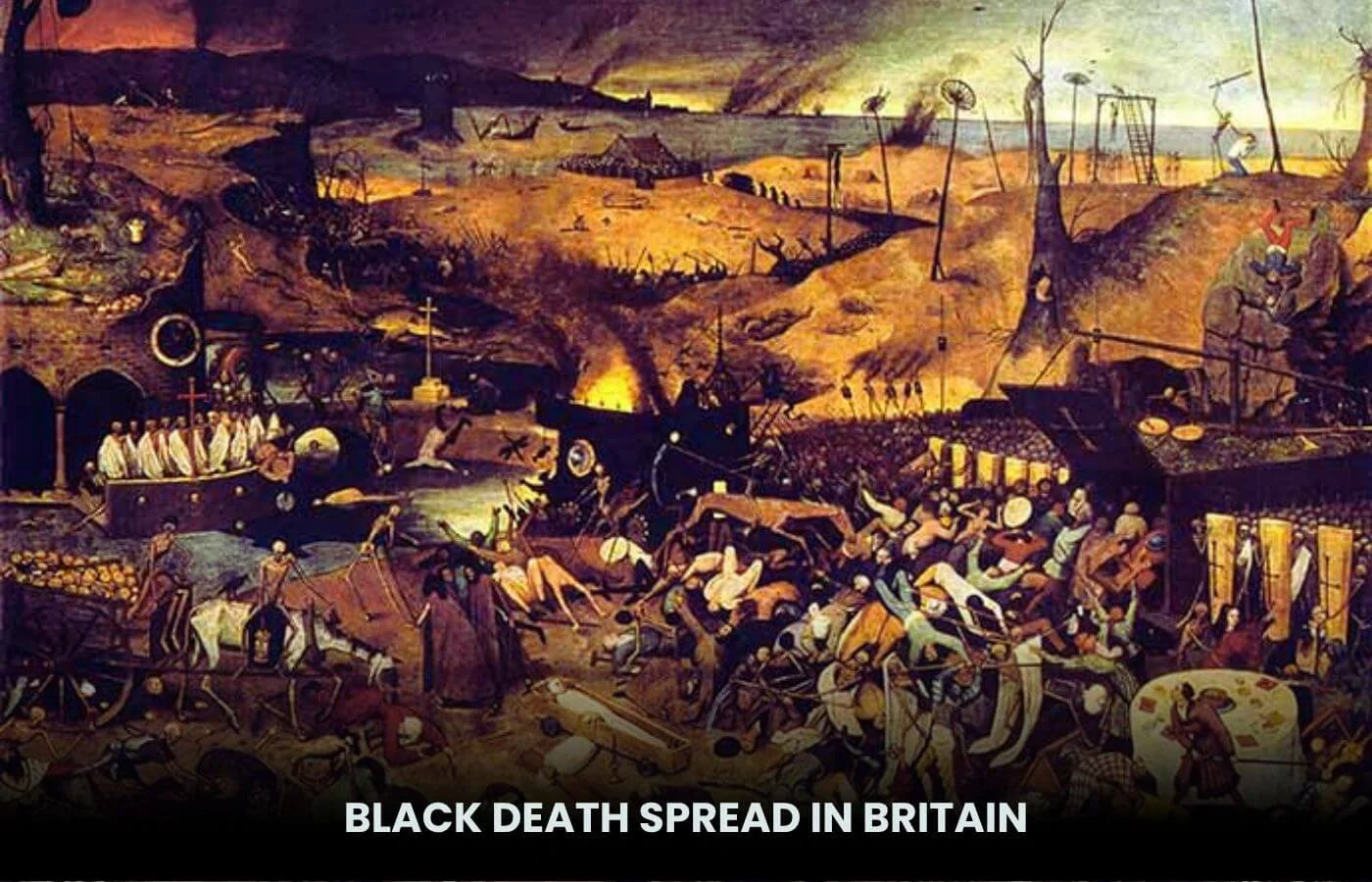
The disease was caused by the bacterium Yersinia pestis, which was typically carried by fleas that lived on rats. These rats were commonly found aboard merchant ships, which made bustling port cities like Ragusa, Venice, and Genoa particularly vulnerable to outbreaks. However, as the disease spread inland and between people, it became clear that other forms of transmission were at work—especially with the pneumonic form of plague, which could be spread through the air via respiratory droplets.
The rapidity of the spread, combined with the absence of effective treatments or scientific understanding, caused widespread fear, social collapse, and political instability. Communities resorted to desperate measures, often blaming minorities or outsiders, while religious and civil authorities struggled to maintain order. It was within this grim context that observation and policy began to coalesce in the city of Ragusa, where leaders took one of the first practical steps toward organized disease control.
Ragusa’s Bold Move: The Birth of Quarantine in 1377
In the year 1377, the Great Council of Ragusa made a visionary and pragmatic decision in response to the repeated waves of plague affecting their region. The city passed a public health ordinance mandating tourists and merchants traveling from diseased areas to be isolated for 30 days prior to entering the city, acknowledging the link between arriving ships and disease epidemics.
This policy was known as a “trentino”, derived from the Italian word trenta, meaning thirty. Isolation was enforced on remote islands and designated facilities outside city walls, often in the form of coastal houses or islands like Lokrum, where health officials could monitor those in isolation for signs of disease. The participants were allowed to enter the city if, following the thirty-day observation period, symptoms did not manifest.
What made this law remarkable was that it was not a religious rite or informal tradition—it was a legally codified regulation, backed by civic enforcement and administrative oversight. The people subjected to it included sailors, merchants, and even local citizens returning from abroad. The authorities understood, even without modern medicine, that preventing the disease from entering the city was more effective than dealing with its aftermath.
In the years that followed, as further observations refined their understanding, Ragusan authorities extended the isolation period to forty days, or quaranta giorni in Italian. This extension gave birth to the term quarantine, which has been used ever since to describe the practice of isolating individuals to prevent the spread of infectious diseases.
Why Forty Days?
The choice of forty days as the quarantine duration is significant, both culturally and empirically. From a cultural and religious standpoint, the number forty held profound symbolic meaning across Judeo-Christian traditions. The Great Flood in the Bible lasted for forty days and nights. Moses spent forty days on Mount Sinai. Jesus spent forty days fasting in the desert. These stories imbued the number with associations of testing, purification, and renewal.
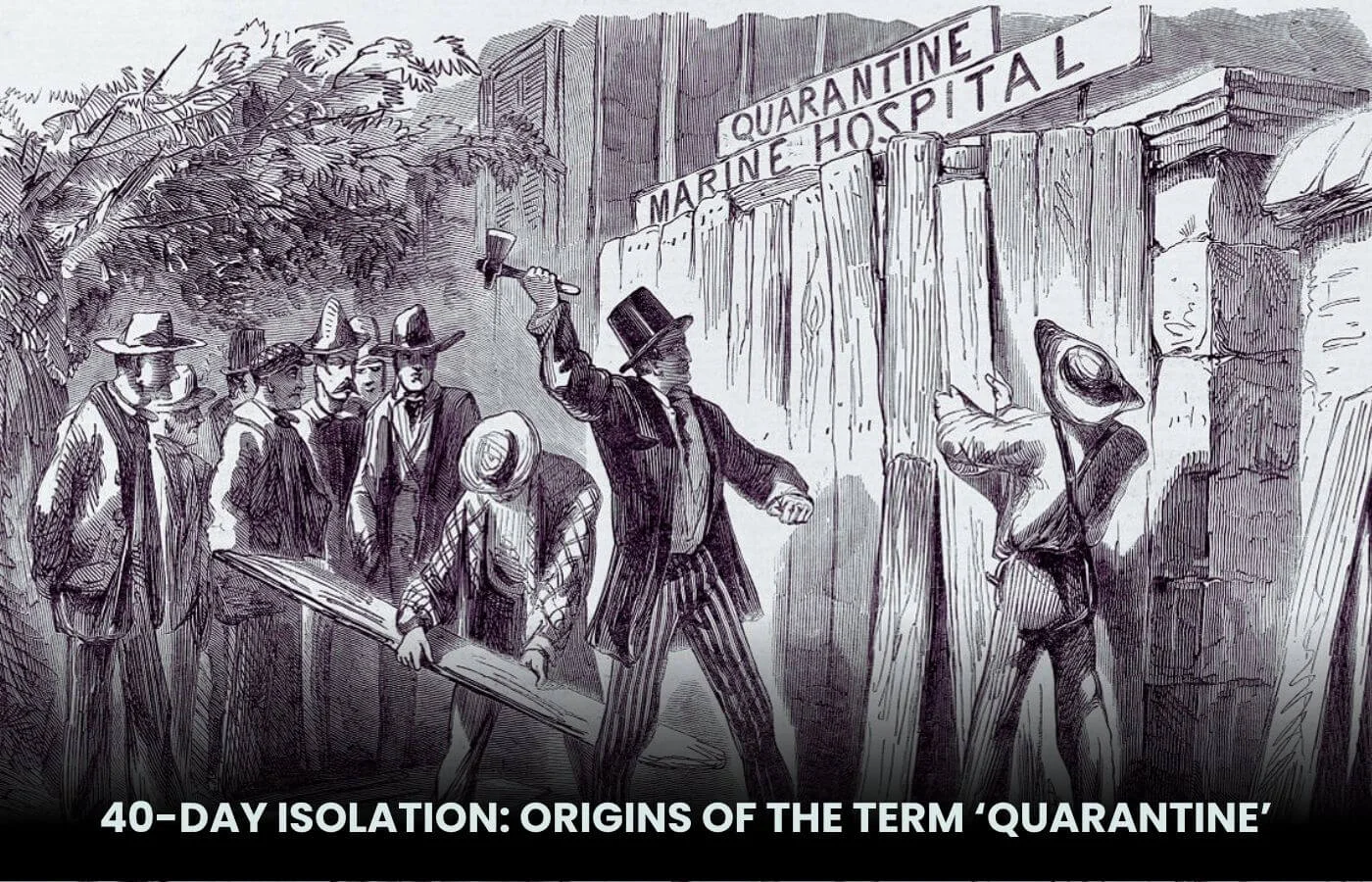
But beyond symbolism, the decision also reflected empirical reasoning. Over time, city officials realized that the original thirty-day period was sometimes insufficient. Some individuals, although asymptomatic upon arrival, later developed signs of the plague. Extending the isolation to forty days created a buffer period that better accounted for the incubation time of the disease, even if the exact biological mechanisms were unknown.
The number forty thus represented a blend of pragmatism and cultural influence—a duration long enough to ensure that most latent cases would become evident, allowing the city to avoid another deadly outbreak. This early fusion of social belief and experiential learning made the policy both acceptable to the public and effective in practice.
Foundations of Modern Epidemiology
What sets Ragusa’s quarantine apart from earlier forms of isolation is the systematic, state-enforced nature of the policy. In many ways, it marks the beginning of epidemiological thinking—the science of tracking, controlling, and preventing disease spread at the population level.
The officials of Ragusa made several critical contributions to what would later become the pillars of public health:
- Legal Framework: The quarantine was supported by official legislation, demonstrating that public health could be enforced through law rather than relying solely on superstition or personal discretion.
- Isolation Infrastructure: Designated quarantine sites were established outside city limits, separating potentially infected individuals from the healthy population. This is conceptually similar to modern quarantine centers and hospitals.
- Observational Method: The policy was born out of systematic observation. Without knowledge of bacteria or viruses, officials noted that contact with incoming ships and travelers led to new outbreaks, and they acted accordingly.
- Focus on Prevention: Instead of waiting for disease to strike and then react, the quarantine strategy emphasized prevention, reducing transmission before it could occur.
These actions placed it well ahead of its time. They didn’t just protect the city—they laid the groundwork for how modern societies manage public health threats. It was, in essence, epidemiology before epidemiology existed.
Quarantine Beyond Ragusa: A Ripple Effect Across Europe
The success of Ragusa’s policy was not overlooked. Within a few decades, other European cities followed suit. In Venice, by 1423, authorities had established the Lazzaretto Vecchio, a quarantine hospital on an island in the Venetian Lagoon. This facility was used to isolate and observe incoming travelers and goods before they were allowed to interact with the local population.
The city of Marseille, in France, developed a quarantine system in the 17th century that included not only isolation of individuals but also the fumigation of goods and ships. This marked an important evolution in understanding that contaminated objects could also spread disease—what we now refer to as fomites.
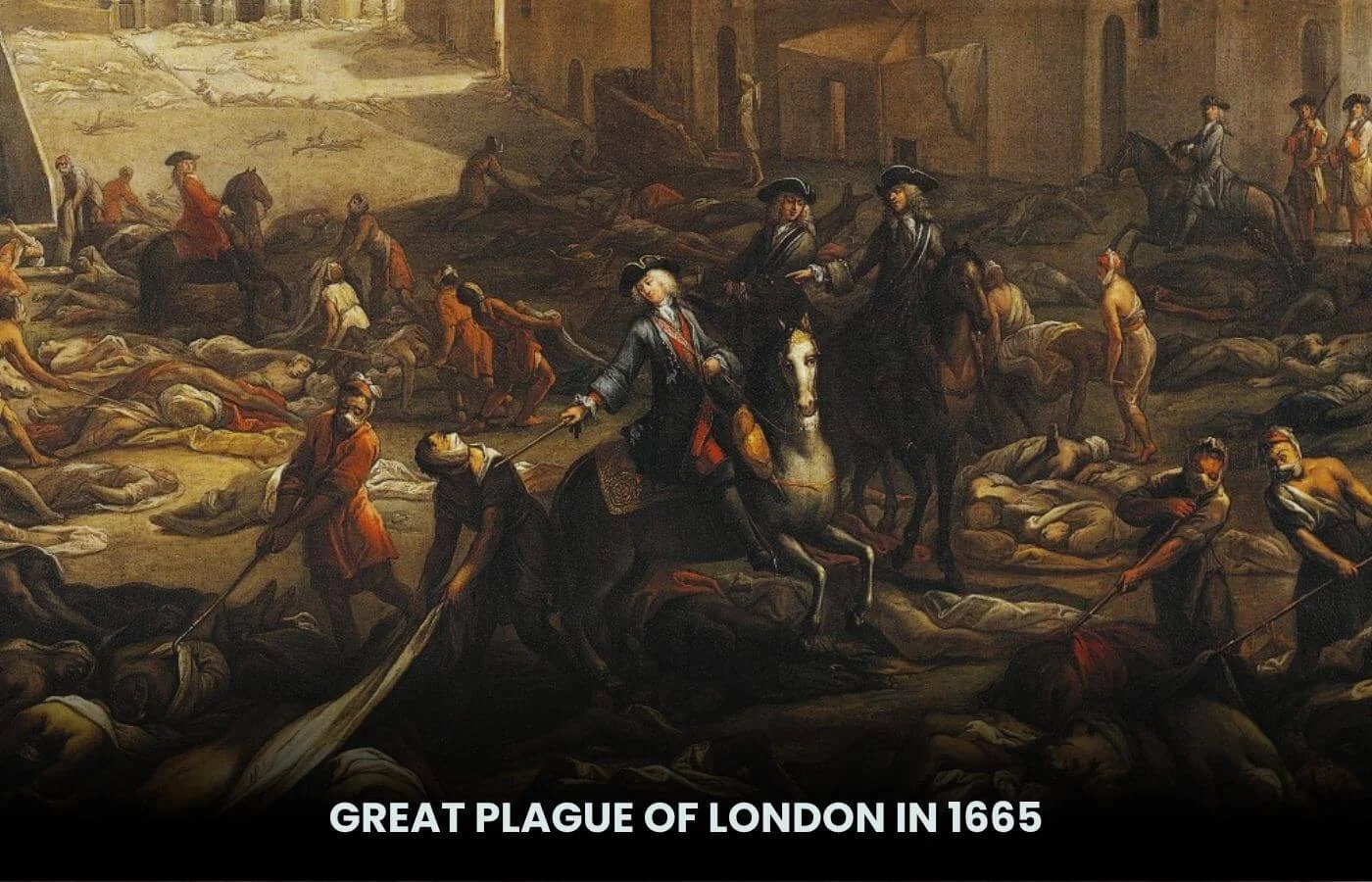
In England, especially during the Great Plague of London in 1665, houses of infected individuals were locked and marked with painted warnings such as “Lord Have Mercy Upon Us.” Though often poorly enforced and lacking humanitarian oversight, these methods were rooted in the same principles established in Ragusa.
By the 18th century, Lazarettos—quarantine stations or islands—became standard across major port cities, from the Mediterranean to the Atlantic. The Ragusan model had become a European norm, institutionalizing the idea that disease control required state intervention and structured isolation practices.
Ancient Echoes: Earlier Instances of Isolation
Although Ragusa was the first to implement a formal, legally backed quarantine policy, the idea of isolating the sick had appeared throughout history in various cultures and civilizations.
In Ancient India, texts of Ayurveda, such as the Sushruta Samhita and Charaka Samhita, advised the isolation of patients with infectious diseases like kustha (often associated with leprosy). Practices included separate living quarters, disposal of contaminated items, and maintaining cleanliness—all core tenets of infection control.
The book of Leviticus in the Old Testament contains comprehensive guidelines for isolating people with obvious skin conditions. Such persons were to be examined by a priest, confined for seven days, and re-examined before being declared clean or unclean. Though based in religious law, the system reflects an early awareness of the need to control disease spread.
During the Justinian Plague of the 6th century, which devastated the Byzantine Empire, there are accounts of rudimentary containment efforts. However, these lacked consistency, legal structure, and infrastructure, distinguishing them from Ragusa’s more organized and enduring approach.
Relevance in the 21st Century
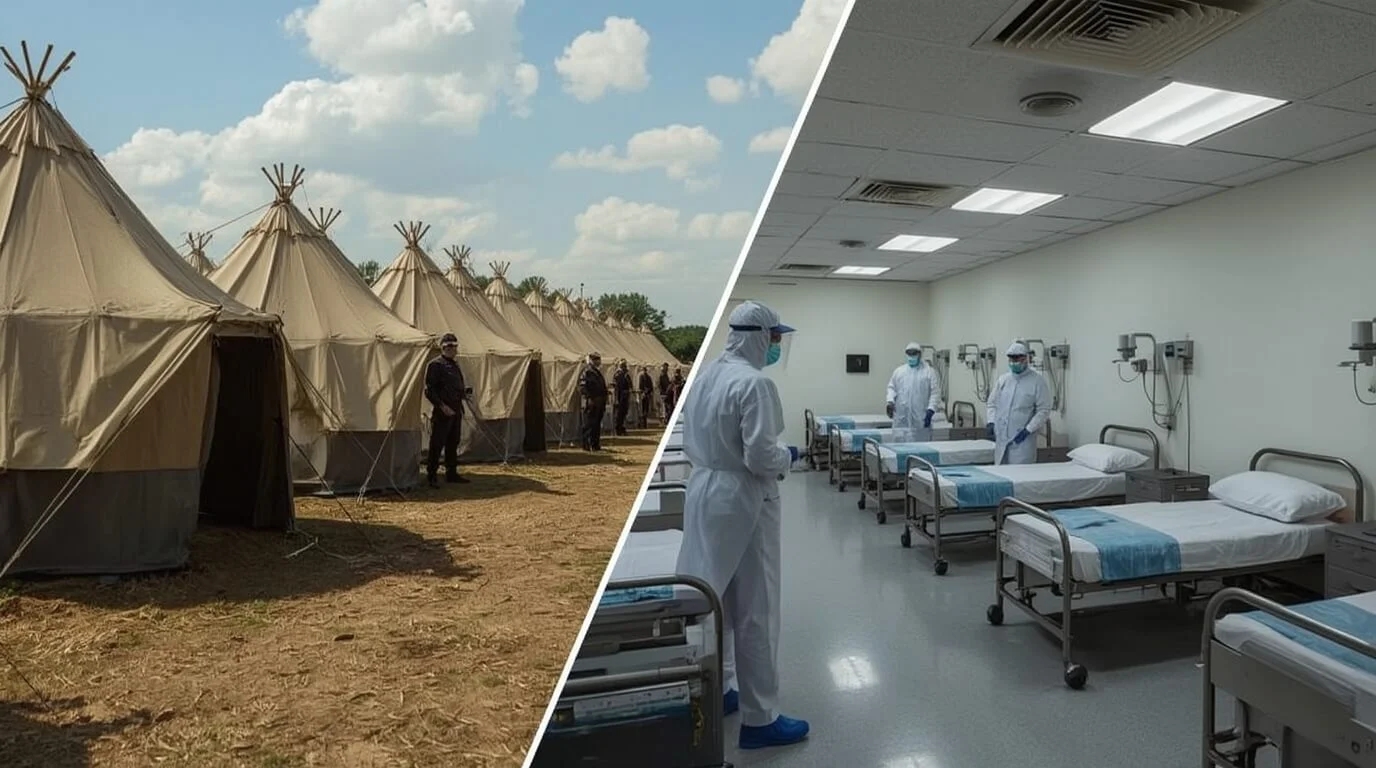
The principles established by Ragusa in 1377 were echoed globally during the COVID-19 pandemic more than six centuries later. Quarantines, lockdowns, contact tracing, and travel restrictions were employed by nearly every country in an attempt to slow the virus’s spread. The strategies varied in effectiveness and scope, but the foundational idea—that isolating potential carriers can prevent mass infection—remains as relevant today as it was in the medieval period.
Modern quarantine is, of course, informed by advanced science, real-time data, and healthcare infrastructure. However, it still rests on the same core assumption: human movement is a primary driver of infectious disease transmission. Controlling that movement, even temporarily, is often essential in containing an outbreak.
Thus, Ragusa’s 14th-century quarantine is not merely a historical footnote; it is a living legacy that informs how societies respond to global health crises even in the digital age.
Conclusion
The decision taken by the city of Ragusa in 1377 to isolate travelers for a fixed period laid the cornerstone for modern public health practices. At a time when disease was seen as divine punishment and medical knowledge was minimal, civic leaders chose to base their policy on observation, discipline, and structure. Their decision was not only courageous but profoundly impactful.
This initiative—born out of necessity, but guided by logic—gave rise to the concept of quarantine as we know it today. It provided a model that was refined over centuries and continues to be a central element in disease control.
Understanding the origin of quarantine in Ragusa reminds us that effective public health responses often require more than scientific knowledge. They demand leadership, organization, and a willingness to act—even in the absence of complete information. In this regard, Ragusa’s example continues to offer important lessons for contemporary societies striving to balance freedom with responsibility in the face of global health threats.

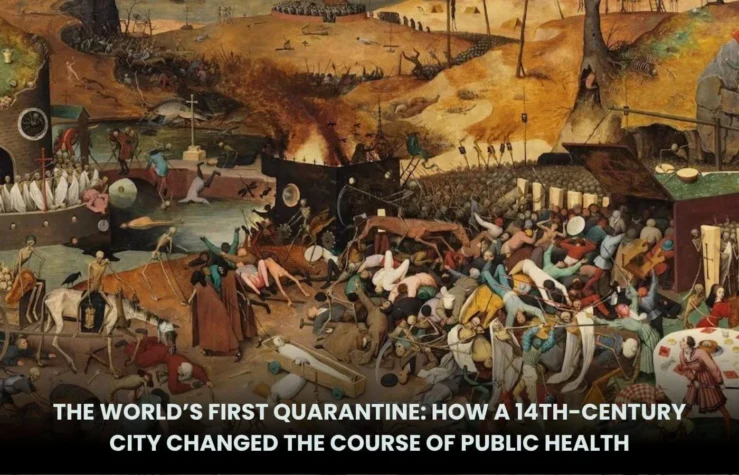



[…] in oceans is a big problem, affecting the economy too. It impacts many industries and communities, changing the world’s financial picture. The tourism industry is hit hard by ocean plastic pollution. Dirty beaches and […]